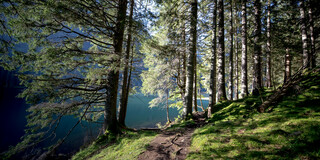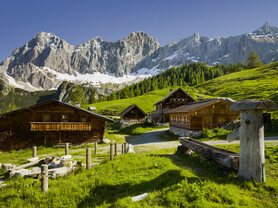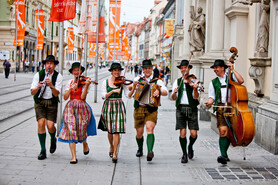Styria: The Green Heart of Austria
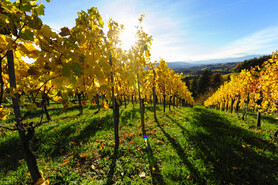
Wine & Garden
The delicatessen of Austria. The belly of Austria. The fruit orchard of Austria. Whatever you call Styria, one thing is certain: especially in the south it is the most fertile state, which provides great foodstuffs in high quality and diversity. And Styrians are very aware of this wealth of the culinary trilogy of wine, pumpkins (seed oil) and apples, which contribute significantly to the Styrian attitude towards life. The symbol of wine country: the klopotec (the windmill).
Styria has…
… a winegrowing area of 4,546 hectares
… the largest apple-growing area in Austria at 5,200 hectares
… 17,000 ha of pumpkin cultivation area.
Growing in Styria area…
… grapes for 200,000 hectolitres of wine (80% white wine)
… about 180,000 tonnes of apples annually (80% from Ö)
… more than 3 million litres of original Styrian pumpkin seed oil
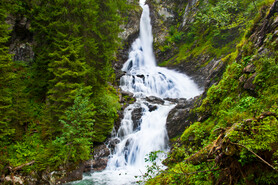
Thermal Water & Spring Water
The thermal springs are one of the mainstays of Styrian tourism. They represent the optimal basis for "regeneration with natural resources" and offer a harmonious holiday experience through comprehensible health offers. Fresh spring water is more than just something to quench your thirst. Lush springs, rushing water taps from which the healthy drinking water gushes, serve as the source for tingling regeneration and a unique natural experience.
Styria has…
… 9 thermal springs whose thermal water significantly lowers the stress indicator cortisol
… a long spa tradition in Bad Gleichenberg of over 180 years
… many regional typical treatments involving apples, wine and pumpkins
In Styria …
… Grundlsee is the largest lake at 4.3 km²
… the Riesach waterfall is the highest at 140 m
… the pumpkins are 90% water.
